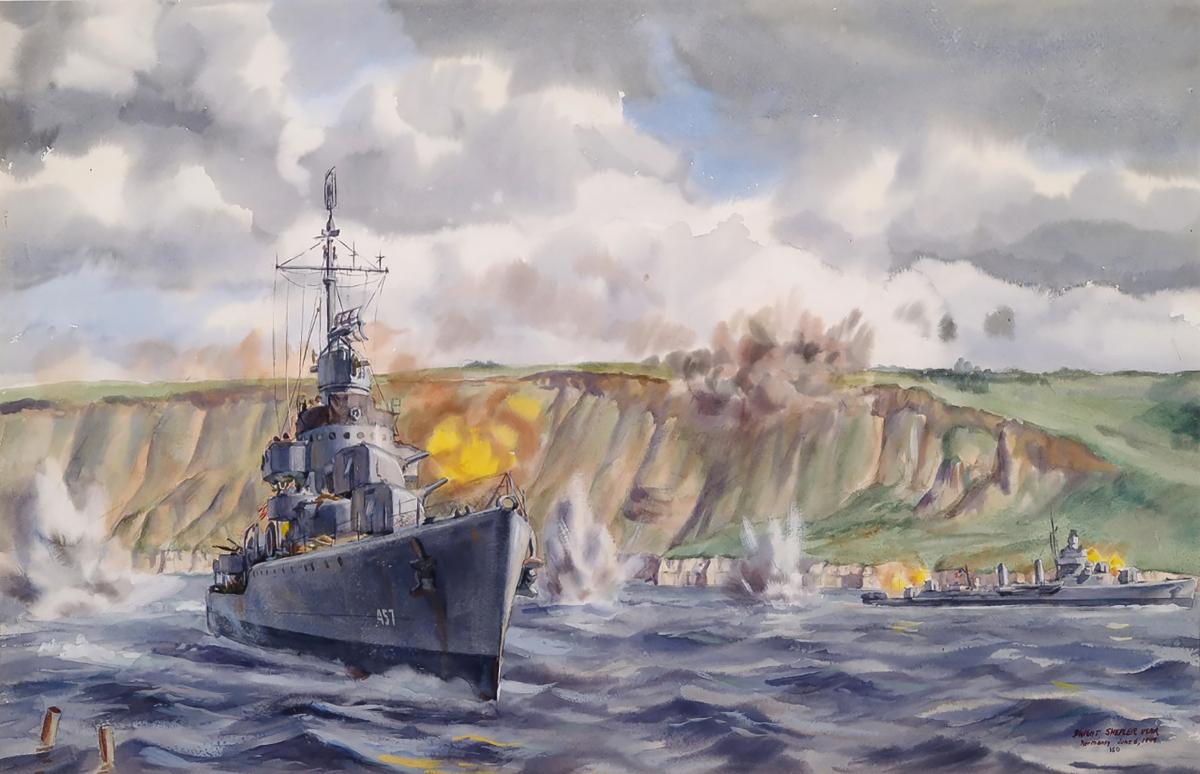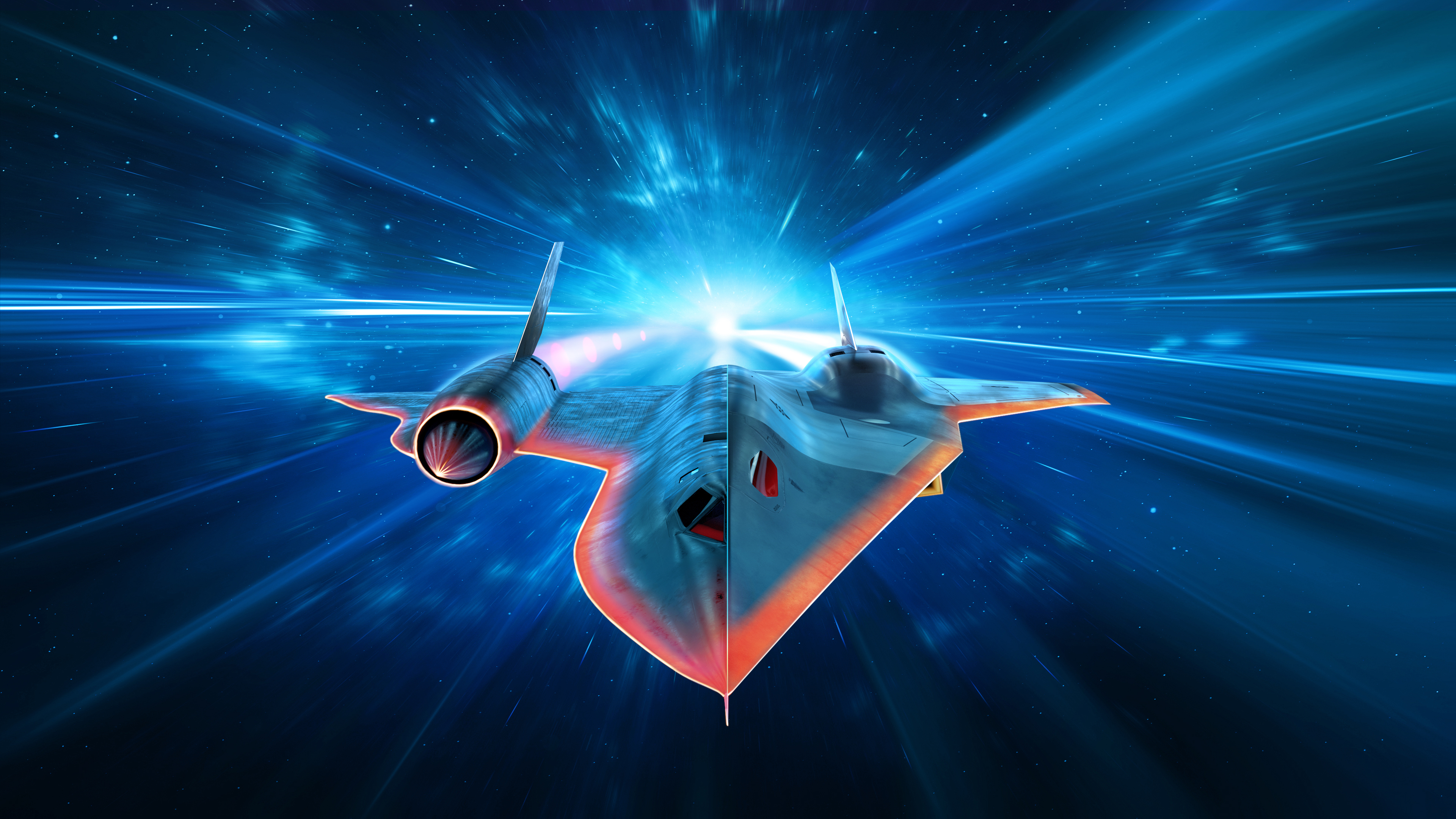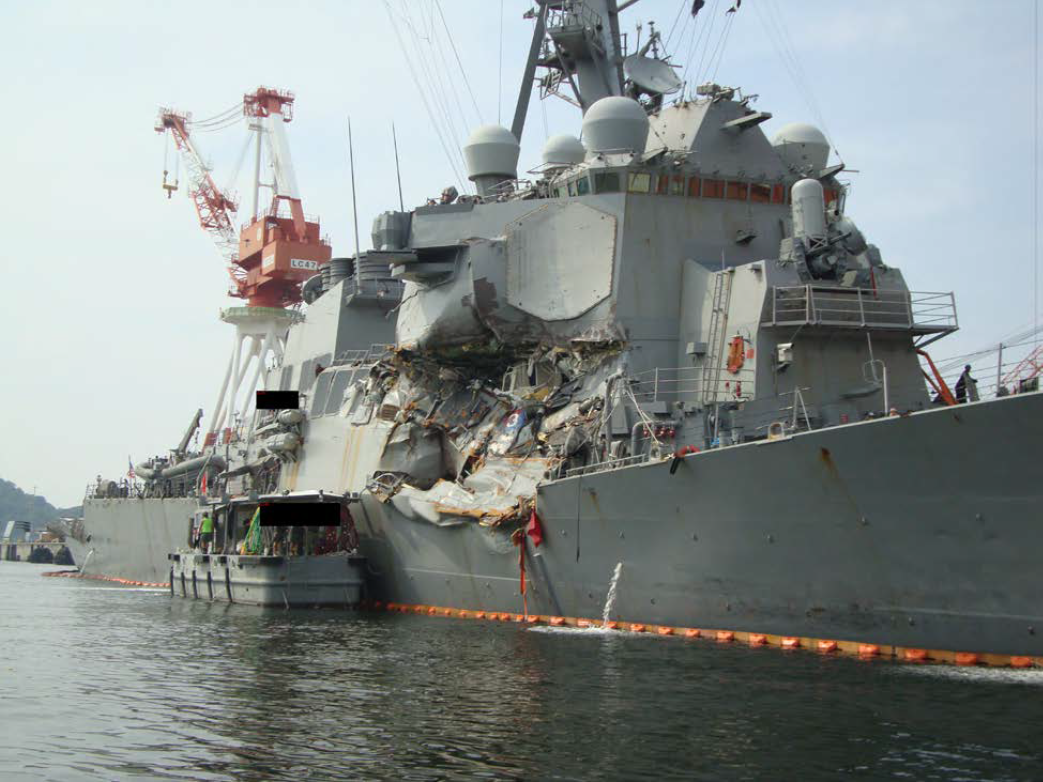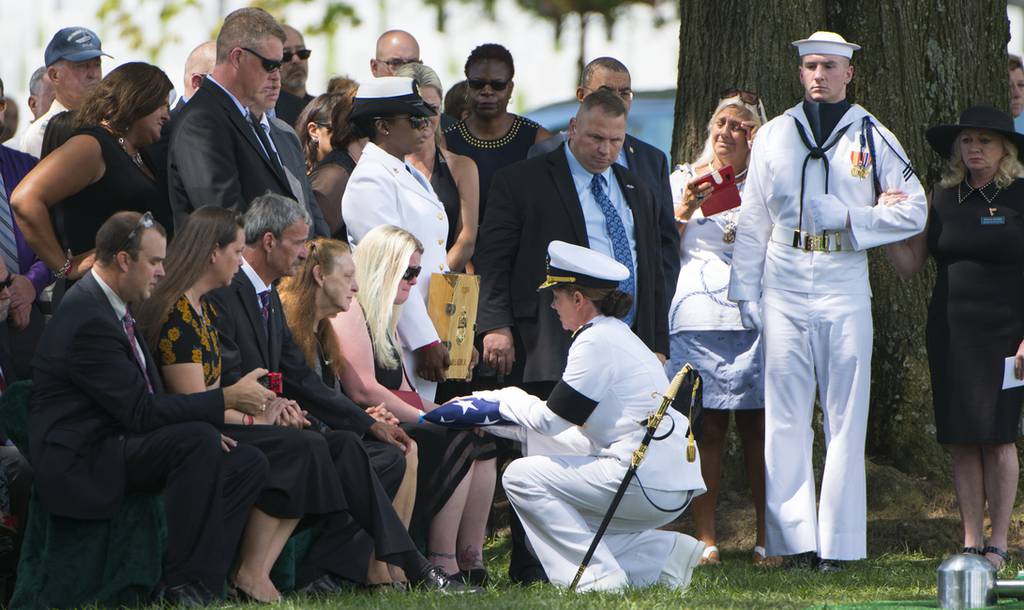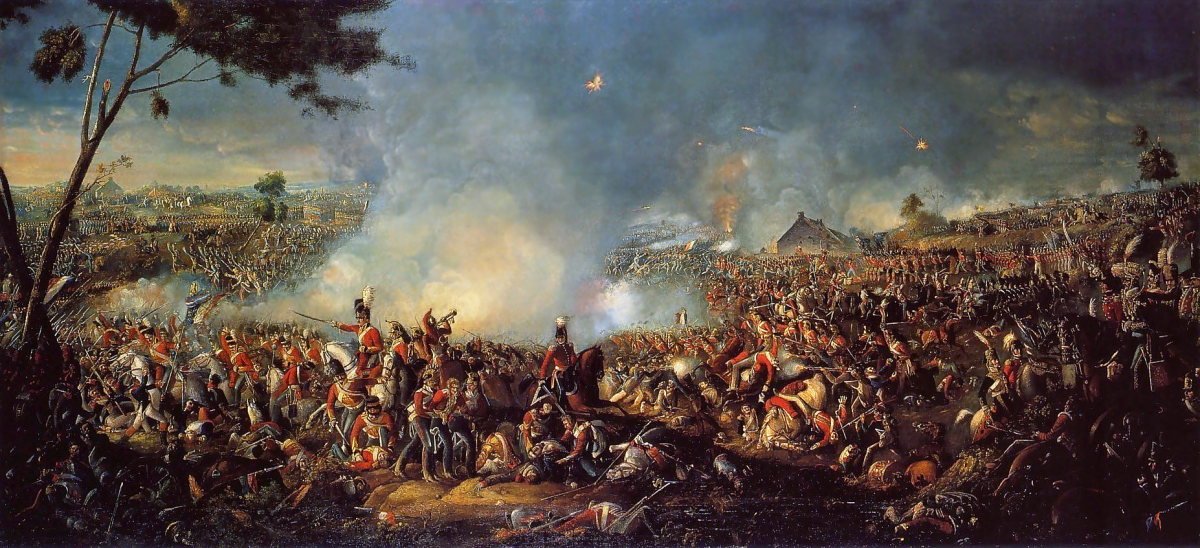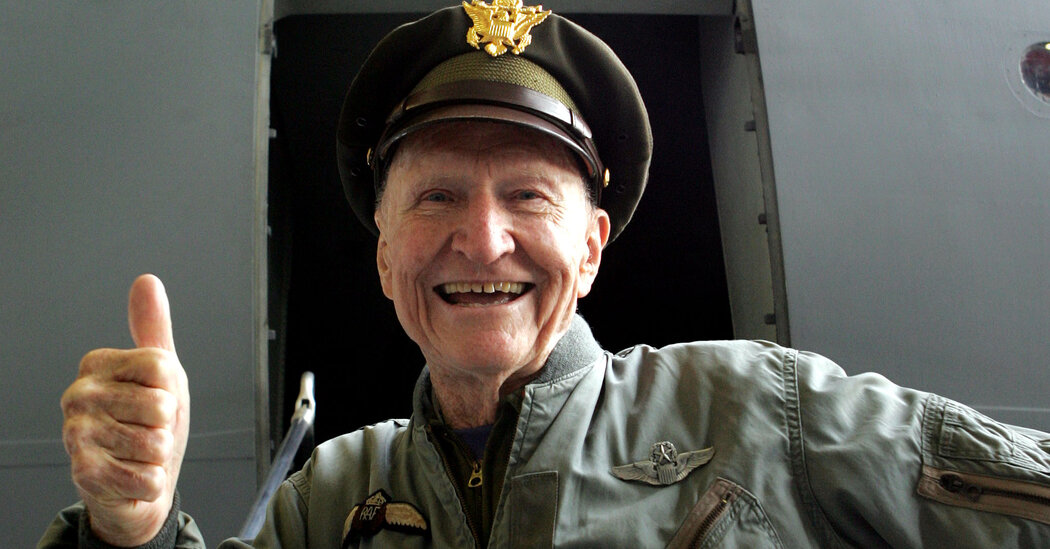BarnBuster
Virtually Unknown Member
Today in Military History:
June 8. 1967, During the Six-Day War, Israeli aircraft and torpedo boats attack the USS Liberty in international waters off Egypt’s Gaza Strip. The intelligence ship, well-marked as an American vessel and only lightly armed, was attacked first by Israeli aircraft that fired napalm and rockets at the ship. The Liberty attempted to radio for assistance, but the Israeli aircraft blocked the transmissions. Eventually, the ship was able to make contact with the U.S. carrier Saratoga, and 12 fighter jets and four tanker planes were dispatched to defend the Liberty. When word of their deployment reached Washington, however, Secretary of Defense Robert McNamara ordered them recalled to the carrier, and they never reached the Liberty. The reason for the recall remains unclear.
Back in the Mediterranean, the initial air raid against the Liberty was over. Nine of the 294 crew members were dead and 60 were wounded. Suddenly, the ship was attacked by Israeli torpedo boats, which launched torpedoes and fired artillery at the ship. Under the command of its wounded captain, William L. McGonagle, the Liberty managed to avert four torpedoes, but one struck the ship at the waterline. Heavily damaged, the ship launched three lifeboats, but these were also attacked–a violation of international law. Failing to sink the Liberty, which displaced 10,000 tons, the Israelis finally desisted. In all, 34 Americans were killed and 171 were wounded in the two-hour attack. In the attack’s aftermath, the Liberty managed to limp to a safe port.
Israel later apologized for the attack and offered $6.9 million in compensation, claiming that it had mistaken the Liberty for an Egyptian ship. However, Liberty survivors, and some former U.S. officials, believe that the attack was deliberate, staged to conceal Israel’s pending seizure of Syria’s Golan Heights, which occurred the next day. The ship’s listening devices would likely have overheard Israeli military communications planning this controversial operation. Captain McGonagle was later awarded the Medal of Honor for his heroic command of the Liberty during and after the attack.
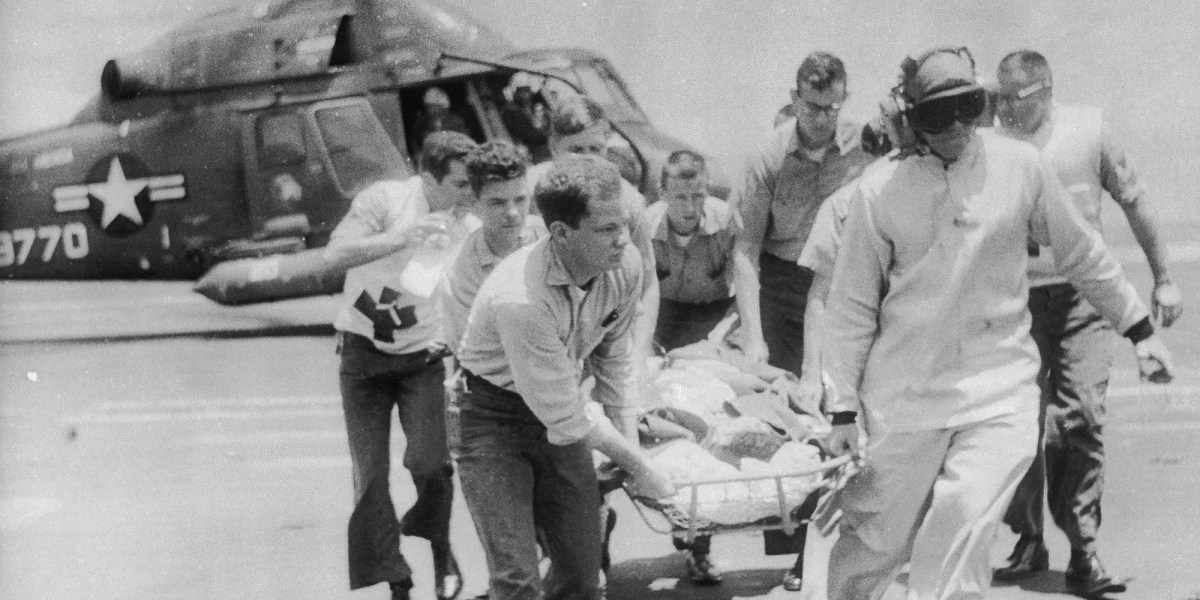
 theintercept.com
theintercept.com
 www.history.navy.mil
www.history.navy.mil
ATTACK ON THE USS LIBERTY A STAB AT THE TRUTH
June 8. 1967, During the Six-Day War, Israeli aircraft and torpedo boats attack the USS Liberty in international waters off Egypt’s Gaza Strip. The intelligence ship, well-marked as an American vessel and only lightly armed, was attacked first by Israeli aircraft that fired napalm and rockets at the ship. The Liberty attempted to radio for assistance, but the Israeli aircraft blocked the transmissions. Eventually, the ship was able to make contact with the U.S. carrier Saratoga, and 12 fighter jets and four tanker planes were dispatched to defend the Liberty. When word of their deployment reached Washington, however, Secretary of Defense Robert McNamara ordered them recalled to the carrier, and they never reached the Liberty. The reason for the recall remains unclear.
Back in the Mediterranean, the initial air raid against the Liberty was over. Nine of the 294 crew members were dead and 60 were wounded. Suddenly, the ship was attacked by Israeli torpedo boats, which launched torpedoes and fired artillery at the ship. Under the command of its wounded captain, William L. McGonagle, the Liberty managed to avert four torpedoes, but one struck the ship at the waterline. Heavily damaged, the ship launched three lifeboats, but these were also attacked–a violation of international law. Failing to sink the Liberty, which displaced 10,000 tons, the Israelis finally desisted. In all, 34 Americans were killed and 171 were wounded in the two-hour attack. In the attack’s aftermath, the Liberty managed to limp to a safe port.
Israel later apologized for the attack and offered $6.9 million in compensation, claiming that it had mistaken the Liberty for an Egyptian ship. However, Liberty survivors, and some former U.S. officials, believe that the attack was deliberate, staged to conceal Israel’s pending seizure of Syria’s Golan Heights, which occurred the next day. The ship’s listening devices would likely have overheard Israeli military communications planning this controversial operation. Captain McGonagle was later awarded the Medal of Honor for his heroic command of the Liberty during and after the attack.

Fifty Years Later, NSA Keeps Details of Israel's USS Liberty Attack Secret
New Snowden documents provide precious few new details about an incident that remains shrouded — and controversial.
H-007-1 Attack on USS Liberty
H-Gram 007, Attachment 1 Samuel J. Cox, Director NHHC 8 June 2017 USS Liberty’s mission was to collect intelligence on activity along the north coast of the Sinai Peninsula. Although Liberty was a U.S. Navy ship with a mostly U.S. Navy crew, its mission was in support of National Security...
ATTACK ON THE USS LIBERTY A STAB AT THE TRUTH


